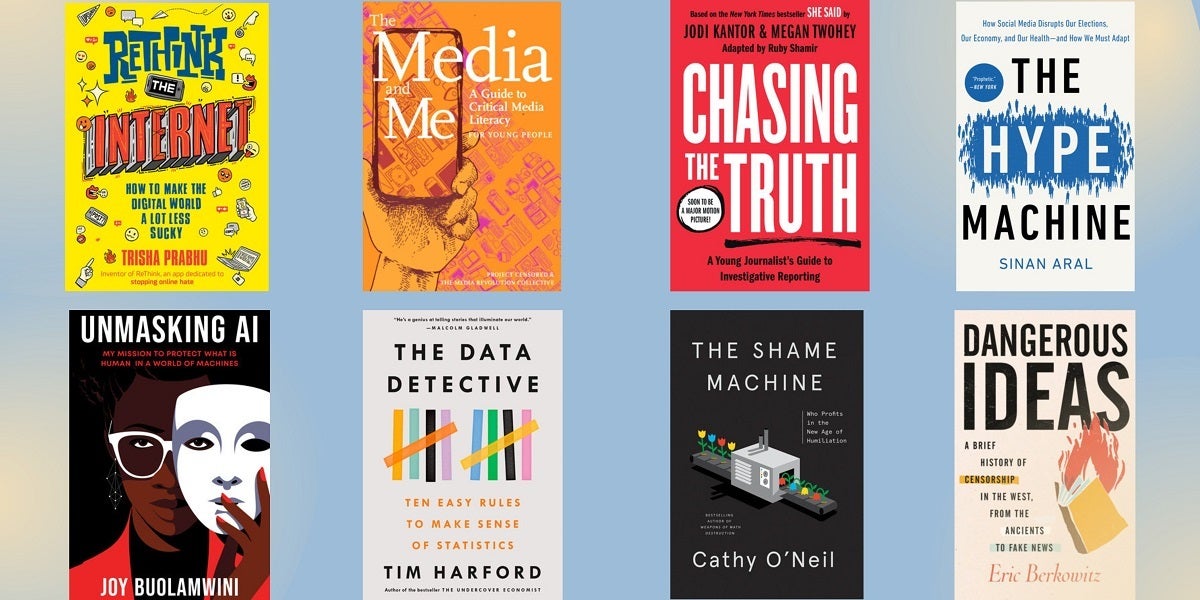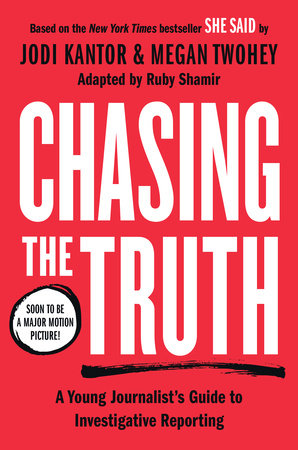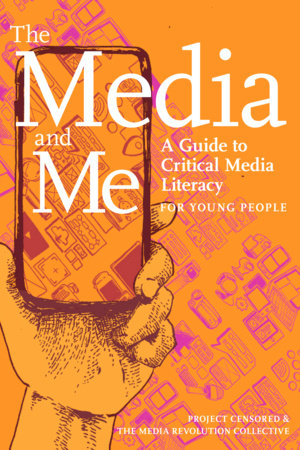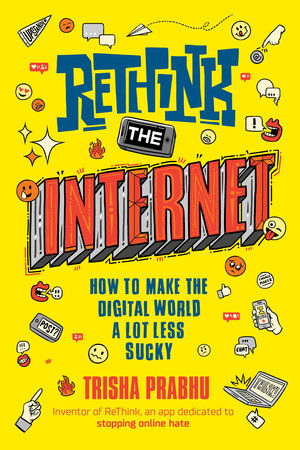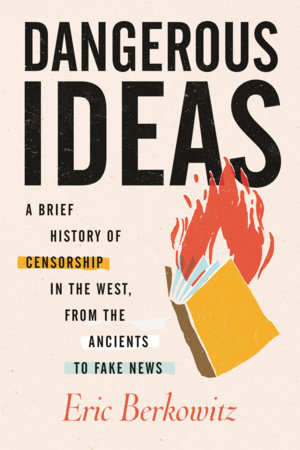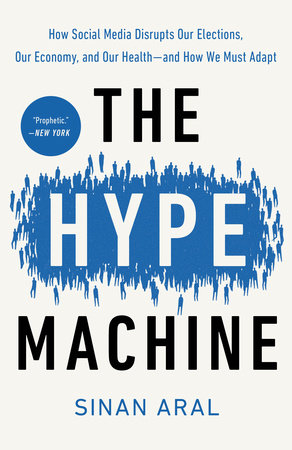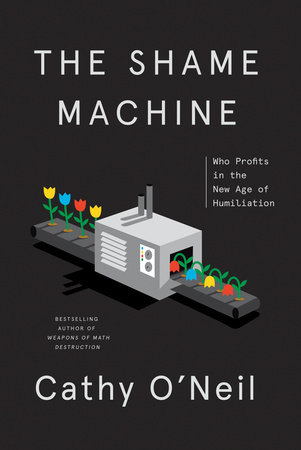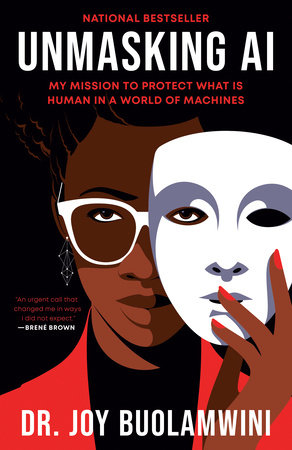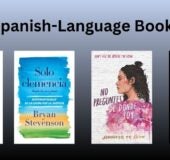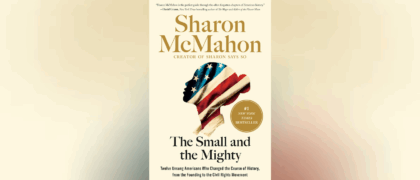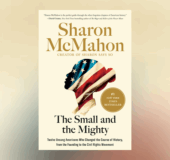The COVID-19 global pandemic forever changed the way humans interact with information and with each other. Social media saved us from disconnection, but it also provided an opportunity for the dissemination of disinformation, the rise of polarization, and the distrust of traditional news media. Amidst concerns over children’s mental health and internet communication, many state and school systems are responding by enacting digital media curricula.
The Teaching About Media Responsibility and Digital Citizenship Middle School guide provides important information around how to evaluate the content they see online and through social media. It keeps two guiding questions in mind: What does it mean to be media literate? And, what are the responsibilities of critically media-literate citizens? Teachers can choose one or any combination of books and activities to use with whole-class instruction, reading circles, or independent reading as they empower students to become responsible media citizens.
The Teaching Media Leadership High School guide helps students navigate the landscape of faulty algorithms, sneaky bots, hate speech, and fake news when they use YouTube and TikTok videos as their main news source. It keeps this guiding question in mind: How can young people lead the charge against influences that diminish our ability to think critically, to find common ground, and to remain civil both in person and online? Teachers can choose one or any combination of books and strategies to use with whole-class instruction, reading circles, or independent reading, as they empower teens to lead by example in an increasingly digital world.
Download the free guides for elementary, middle, and high school.
Watch a short video about how to use the guides here.
Browse all PRH Education Thematic Guides here.

